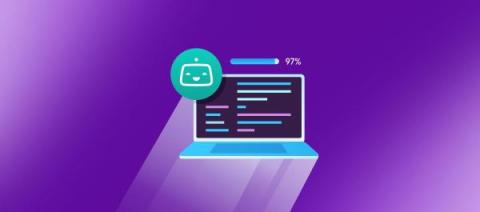Top 8 Android Frameworks for App Development you need to know!
Isn't it remarkable how the market for android app development has seen such exponential growth, with an unheard-of CAGR of almost 8.83%? It's also projected to hit the US$673.80bn mark by the end of 2027, all credit goes to the ongoing technological advancements and the digital transformation happening across industries. But amidst this surge, have businesses truly pondered the intricacies of mobile app development? And what makes a particular app stand out and perform exceptionally well?

























